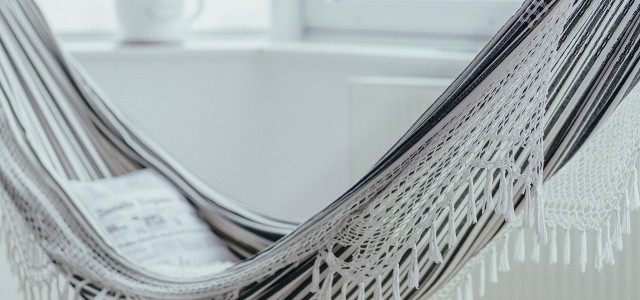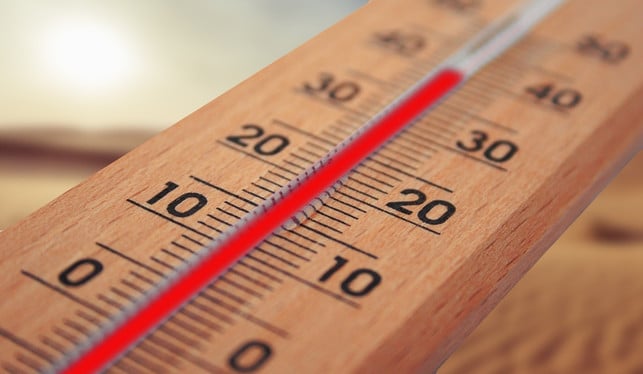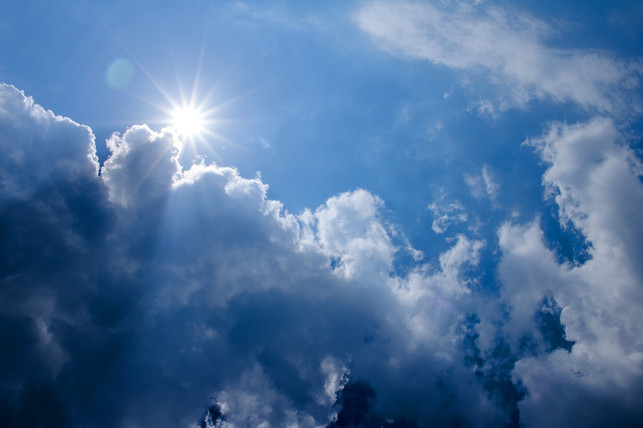
The Siesta does not take a break every hour in Spain. Nevertheless, the midday rest is a sensible concept for everyday life. We explain why and how you can implement it yourself.
People are more relaxed in Spain, it is often said. Every day they leave their work in the middle of the day to make Siesta – the traditional lunch rest. The shops are then closed between 2 p.m. and 5 p.m., the construction workers: disappeared from the street, the screens in the offices are dark and the phones are still.
A study of the Siesta has now been able to expose the Siesta as a modern myth: only 18 percent of the Spaniards: Inside, a nap regularly occurred after lunch, as the Handelsblatt reports. But the basic idea behind an extended lunch rest is understandable: because if the heat becomes too great, productivity suffers.
Our contribution explains where the concept of the Siesta comes from, which is why it is worth it and how it can be used in everyday life.
Where does the Siesta come from?

Due to the high temperatures, the daily rhythm is different in many southern European countries than in Germany. Outdoor activities take place especially in the early morning or late evening when it is cooler. During the Siesta it is rested.
This traditional daily division has its origin in southern Spain, where it gets so hot in the afternoon that the farmers could not work inside during this time and therefore went home for a break. The Siesta was originally not slumbering, but an urgently needed escape from the oppressive summer heat of the afternoon.
Since there are now fewer farmers: inside and many buildings are equipped with air conditioning systems, the Siesta has also lost importance in Spain. In the meantime, only a fraction of the Spanish workers are returning: back home for a lunch rest.
Incidentally, the southern Italian counterpart to the Siesta is the “Controra”. This is the time from noon to around 4 p.m., in which some shops close because of the summer heat – for example in Apulia.
What are the advantages of a siesta?

A short nap in the day can have a positive effect on learning and performance. Researchers found a connection between a regular napper at the day and a larger overall brain volume. This can indicate that habitual (power) Napping protects against neurodegeneration by compensating for poor sleep. Neurodegeneration is disadvantage because it can lead to dementia, among other things.
In another study, a test cut: inside that slept for an hour after lunch, at learning tests better than those who stayed awake all afternoon.
Even if only a few people actually lie down during a Siesta, we can derive ideas from the concept of how the daily routine can be made healthier in the face of heat and high UV ray and ozone load in summer. Because these extreme weather events sometimes have negative consequences for health and productivity:
- According to the Federal Environment Agency, high temperatures lead to a decreasing concentration in the heat, which makes us become more susceptible to mistakes and accidents and are less productive. In addition, extremely summer temperatures pose health risks such as dehydration, heat stroke and exhaustion.
- At lunchtime, UV radiation is usually the most. A high UV index means that a sunburn can occur faster if the skin is unprotected.
- According to the Federal Environment Agency, the ozone pollution is strongest between 2 p.m. and 5 p.m. Ozone is a trace gas and the main component of the so -called summer mog: a pollutant mixture that forms with intensive sunlight and can have harmful effects on humans, animals and the environment.
For everyday life: Half -day siesta go heat
Often it is not possible to insert a siesta during a persistent heat period of noon, when the UV radiation is the most strongly, until the evening, when the greatest heat is. But you can try to plan your daily tasks and activities in such a way that you are not exposed to too high loads.
This means that work and activities that take place outside preferably in the early morning or late evening when the temperatures, UV radiation and ozone exposure are lower. At lunchtime and afternoon, on the other hand, are better for things you can do inside.
Admittedly, it can also get very hot inside, especially if you live in an attic. So that you can still be productive, find several tips on how to cool down an attic in summer:
Revised by Lucas Drebenstedt
Read more on utopia.de:
- Shower cold? Warmest at lunchtime? 5 heat myths in the check
- Alcohol in the heat: why this is so dangerous
- What better helps in heat: cold or warm drinks?
** marked with ** or orange underlined Links to sources of supply are partially partner links: If you buy here, you will actively support Techzle\.com, because we will then receive a small part of the sales proceeds. More information.